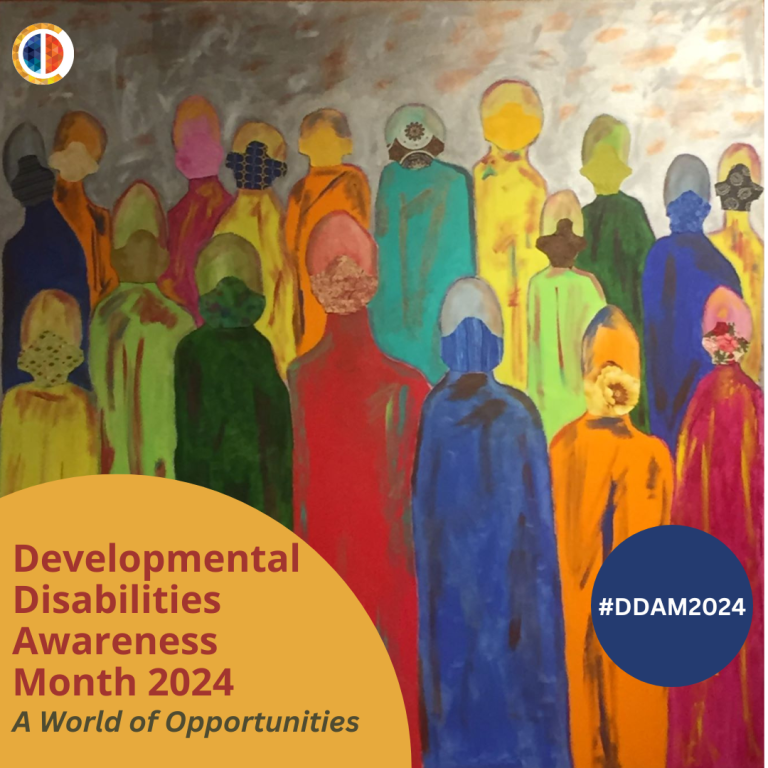[Tools & Resources]
March is not just about the blooming of flowers and the arrival of spring; it's also National Developmental Disabilities Awareness Month (D.D.A.M.), a time dedicated to spotlighting the inclusion of individuals with developmental disabilities. With 15% of the global population living with a disability, understanding and addressing the barriers they face in society is crucial. D.D.A.M. emphasizes equal opportunities for all, ensuring that everyone can participate in every aspect of life to the best of their abilities.
However, achieving such inclusivity requires more than just awareness; it demands tangible changes in our communities, including how we plan and zone our neighborhoods. Across the United States, many cities and towns have tightly regulated their built environments, often restricting land development to single-family detached homes. While this zoning approach might seem innocuous, it has significant repercussions, particularly for individuals with developmental disabilities.
By exclusively permitting single-family homes, communities inadvertently hinder alternative housing developments such as mixed-use apartment buildings, accessory dwelling units, or "pocket" neighborhoods. These restrictions not only limit housing options but also contribute to the isolation of people with disabilities, preventing them from living independently and fully participating in their communities.
In states like Massachusetts and Connecticut, where over 80% of available land is zoned strictly for single-family homes, the consequences of such restrictions are profound. This perpetuates historic patterns of housing segregation, exacerbating scarcity, driving up costs, and excluding low-income individuals from accessing suitable housing.
The origins of single-family zoning trace back to the nineteenth century when developers sought to cater to specific demographics by dividing land into larger and smaller lots. Over time, zoning evolved as a tool for segregation, excluding certain races, religions, and classes from particular neighborhoods. Despite legal strides, including the 1968 Federal Fair Housing Act, single-family zoning persists, thwarting efforts to create more inclusive and affordable housing options.
Fortunately, recent years have seen a glimmer of hope. Areas like Minneapolis, Oregon, Maine, and California have taken bold steps to dismantle single-family zoning, allowing for the construction of duplexes, triplexes, and even fourplexes on single-family lots. While these changes won't yield immediate results, they represent a crucial shift toward addressing the affordable housing crisis and fostering more diverse and inclusive communities.
As advocates for disability rights, we have a role to play in this movement. Organizations like Desegregate CT and Abundant Housing Massachusetts (AHMA) are actively advocating for more welcoming and accessible communities through zoning reform. Additionally, groups like YIMBY Action provide resources and support for individuals passionate about housing advocacy, empowering communities to enact meaningful change.
This Developmental Disabilities Awareness Month, let's not only raise awareness but also take action to dismantle the barriers that prevent individuals with disabilities from fully participating in society. By advocating for inclusive zoning policies and supporting initiatives that promote affordable housing, we can create communities where everyone has the opportunity to thrive.












